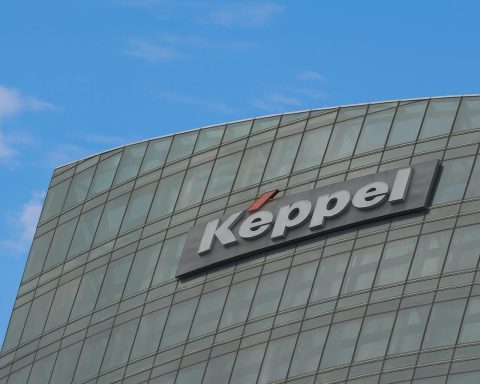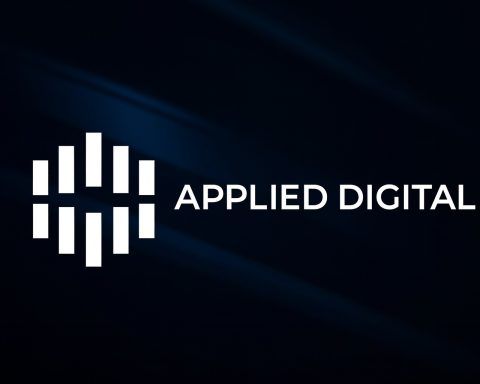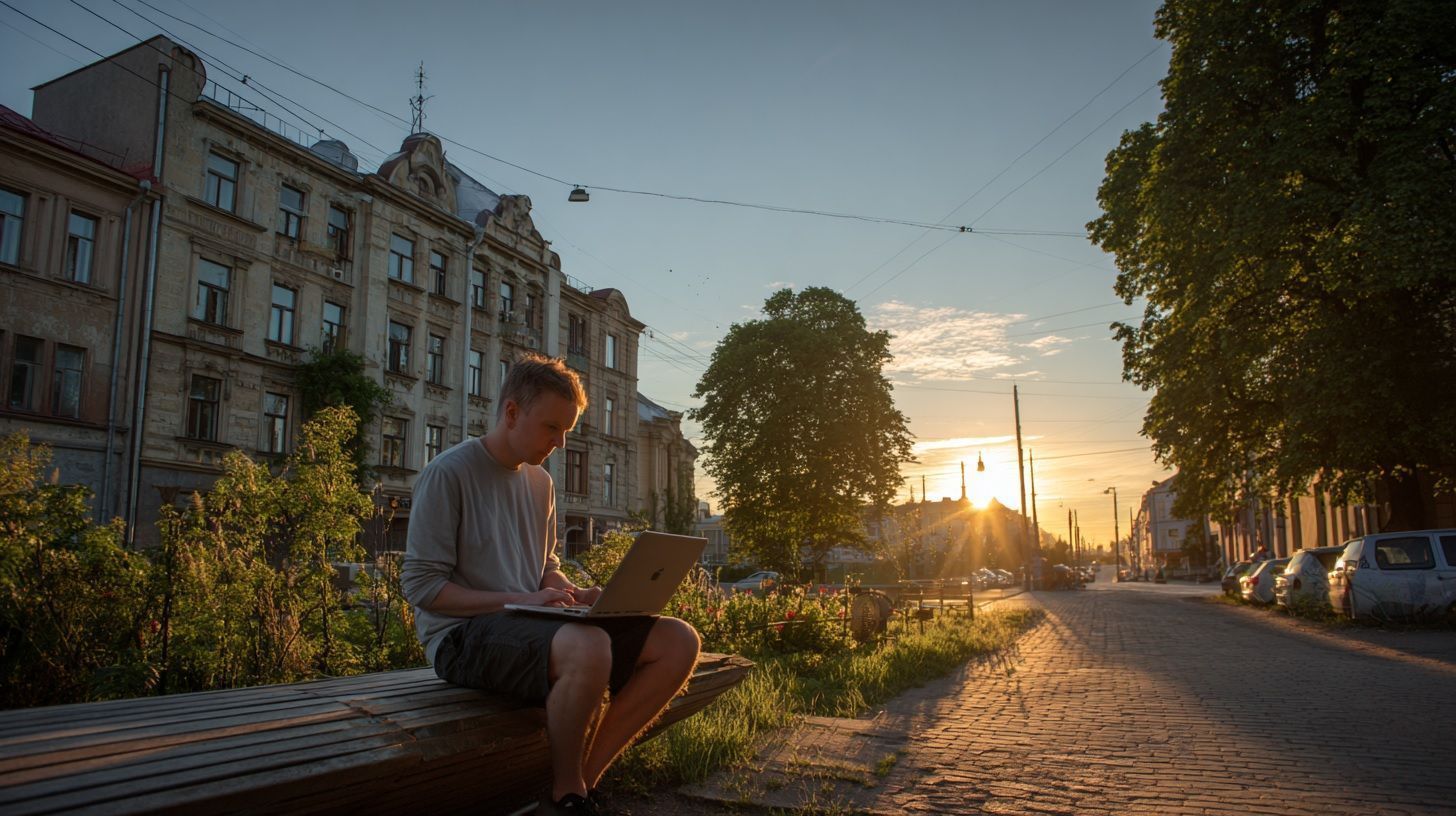
Telecom & Digital Infrastructure US Stocks: Week Ahead After Fed Cut, Wireless Pricing Shock, and AI Data Center Power Scramble (Updated Dec. 14, 2025)
Updated Sunday, December 14, 2025. The week ahead for Telecom & Digital Infrastructure US stocks is shaping up to be a tug-of-war between rate-sensitive valuation tailwinds (after the Fed’s latest cut), an intensifying wireless pricing and switching battle (led by









